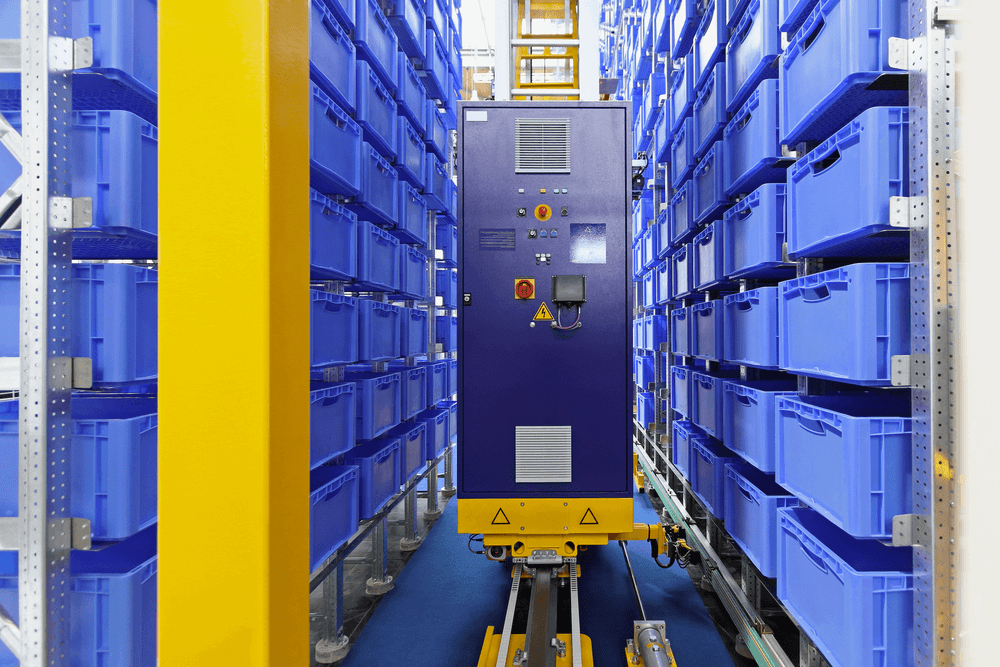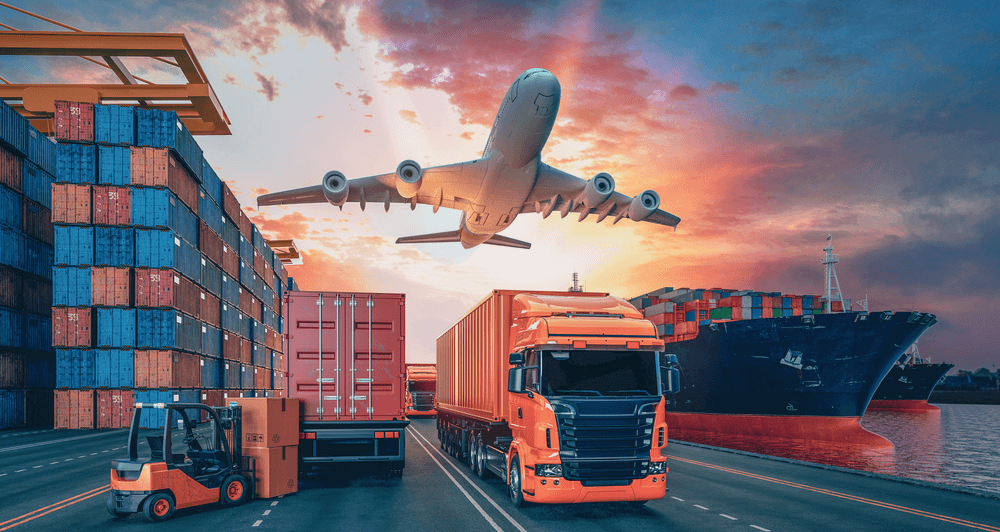Modern supply chains have become a complex network of automated processes, transactions, and activities. However, legacy equipment will not bridge the gap by itself to Logistics 4.0. The era of hand trucks, hydraulic pallet jacks, scissor lifts, or hydraulic cranes has transitioned beyond electro-mechanical pallet trucks, towline conveyors, electro-mechanic conveyors, or cranes.
The leading logistics and warehousing solutions equip themselves with Automated Guided Vehicles (AGVs), automated storage and retrieval systems, horizontal carousels, vertical lift modules, mobile autonomous rack systems, collaborative robot systems, autonomous vehicle storage and retrieval systems, and other virtually unlimited numbers of automation solutions like cyber-physical systems, big data, and Logistics Internet of Things (LIoT).




